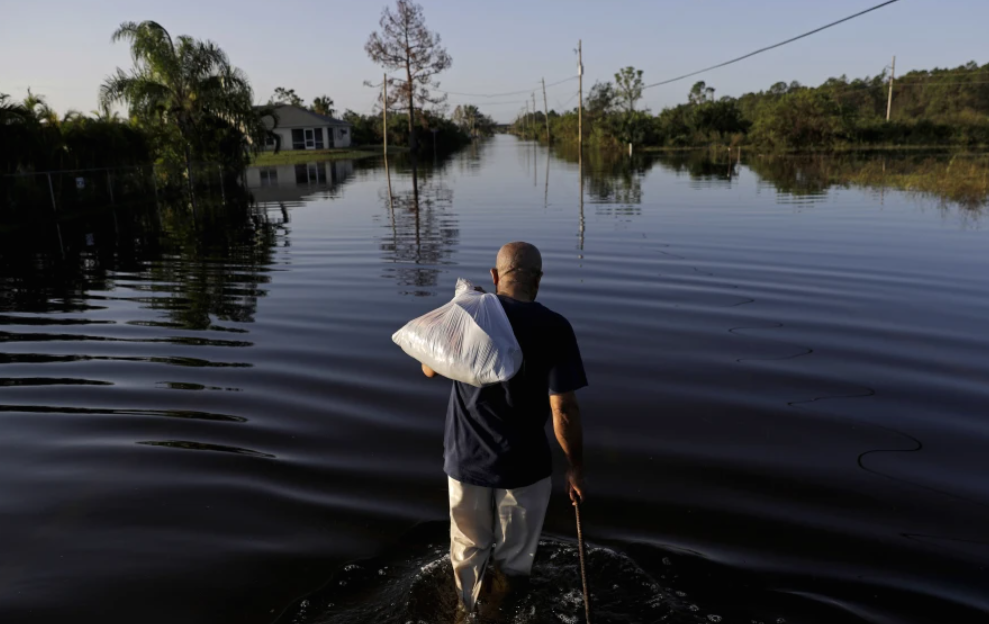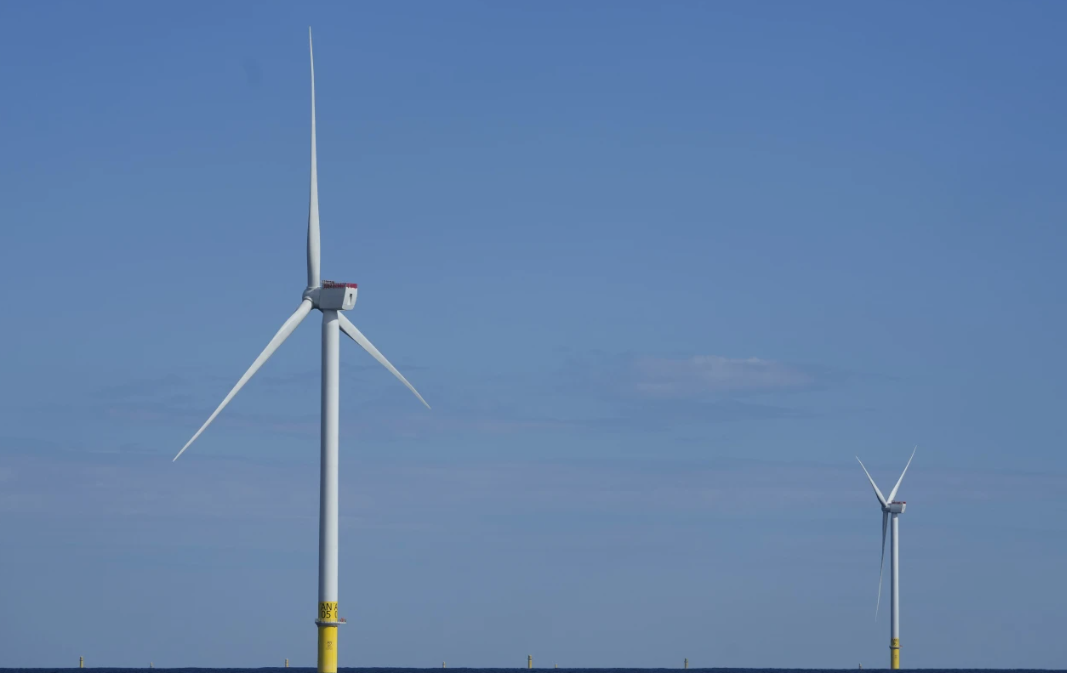La Nina, the climate phenomenon that causes natural cooling, has faded away after just three months. The La Nina that emerged in January was weaker than expected, lasting much shorter than usual, according to the National Oceanic and Atmospheric Administration (NOAA). It was months late compared to forecasts.
Currently, Earth is in a neutral phase of the El Nino Southern Oscillation (ENSO), which tends to be the most stable of the three phases in the climate cycle. This neutral state is expected to last throughout most, if not all, of 2025, making long-term weather predictions more uncertain, as one of the major climate drivers is not leaning in any particular direction.
La Nina is marked by a rise in unusually cold water in the central equatorial Pacific, which affects global weather patterns. It typically results in more Atlantic hurricanes during the summer. However, this won’t be a factor this year. In the U.S., La Nina tends to bring drier conditions to the South and West, while making regions like Indonesia, northern Australia, and southern Africa wetter.
Studies have shown that La Nina events can be more costly than El Nino or neutral phases. Before this brief three-month La Nina, the world experienced an unusually long three-year La Nina event, which ended in 2023.















